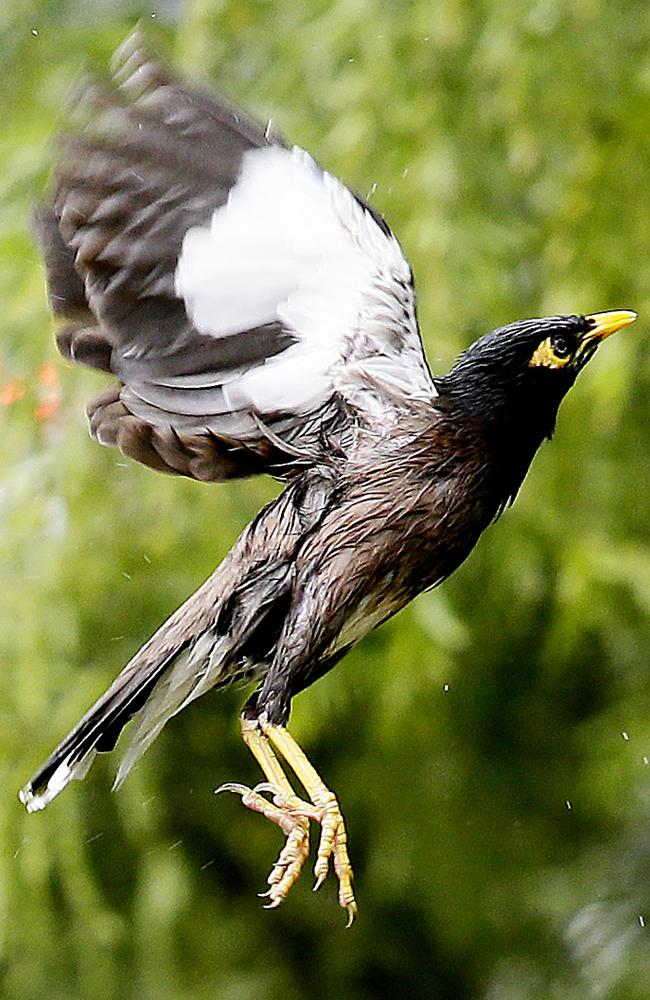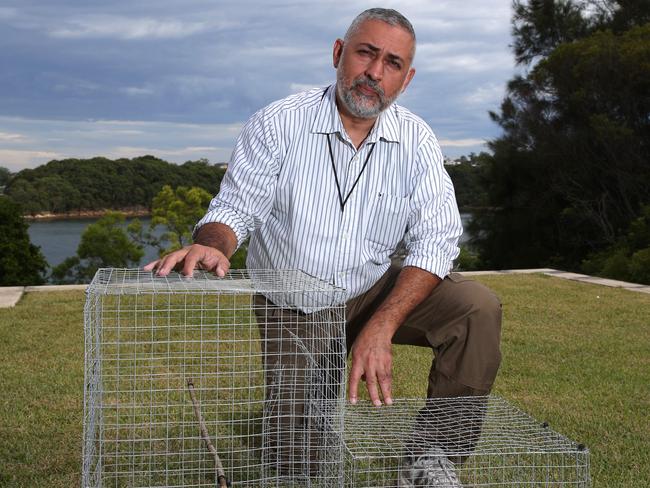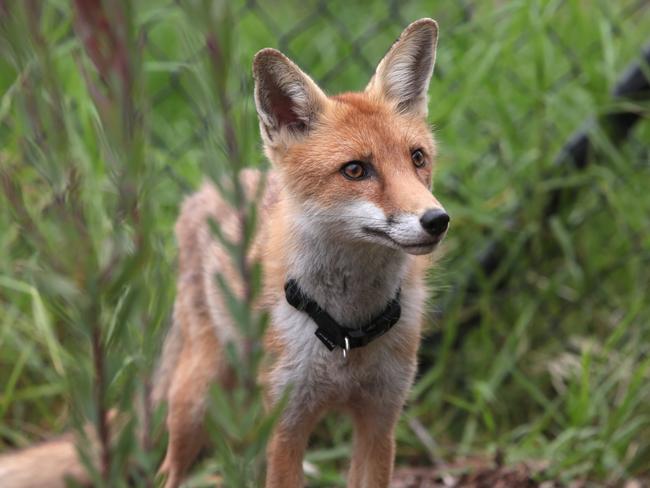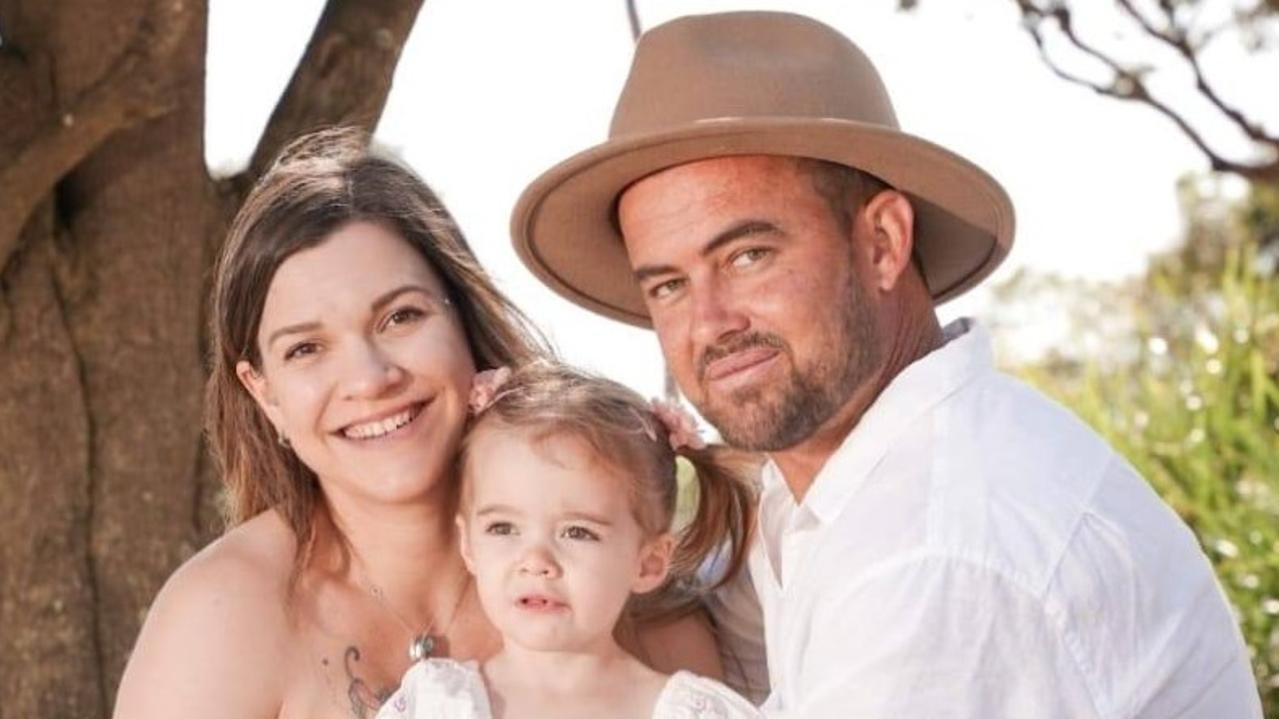North Sydney Council to offer locals tips on how to catch and kill Indian myna bird pests
A SYDNEY council has likened noisy Indian myna birds to rats and mice and has started a program teaching residents how to trap and destroy them.

North Shore
Don't miss out on the headlines from North Shore. Followed categories will be added to My News.
- HMAS Platypus transformation on track
- Vivid Sydney comes to Taronga Zoo
- North Sydney Council to give departing GM $8k gift
THEY are the cheeky birds that bounce around the streets and gardens on the hunt for easy pickings.
But Indian mynas are an invasive species and they are in North Sydney Council’s sights.
“They are a pest like rats, mice and pigeons,” said Gareth Debney, the council’s bushland management co-ordinator.
The mynas compete with local bird species and he explained they can even boot possums and gliders from their nesting hollows. As a result native species don’t get a chance to breed.

The problem is so widespread in the LGA that the council is calling on the community to help.
“We can only do so much,” he said. “We need a community champion to take an advocacy role.”
The council is hosting a trap building workshop next month to show people how to catch the birds and offer options for humanely euthanising them.
Mr Debney said it can take weeks to catch the birds in the traps.
“It’s not easy, it’s difficult,” he said. “It takes a dedicated person to get involved and stick with it.”

The council does not have many people actively trapping at the moment.
Mr Debney believes the fact the birds are euthanised is limiting the uptake of the program. He received a letter from someone who suggested the council should send the birds back to India.
Mynas are not the only target as about 200 council volunteers work on a bush regeneration program that weeds out non-native plants.
The trap workshop is taking place in the North Sydney Council Chambers on April 10 from 9am.
INDIAN MYNA BIRD FACTS
INDIAN myna birds have a negative impact on native animals and biodiversity. They also pose a potential health risk to humans as accumulated droppings provide ideal conditions for disease and large roosts are a potential fire hazard.
They are not to be confused with the Australian native and protected species, the Noisy Miner, which is of similar proportions and markings but is predominantly silver/grey in colour.
Cervical dislocation is the killing method used, which is a RSPCA Australia approved method.
It is a form of physical euthanasia that involves applying pressure to the neck and dislocating the spinal column from the skull or brain. The aim is to quickly separate the spinal cord from the brain so as to provide the animal with a fast and painless death.
Foxes on the run
FOXES are also targeted regularly by the council.
Poison baits were laid this month in reserves as part of a program that has been running consistently since 2008.
This has seen the return of wildlife such as swamp wallabies, brush turkeys, bandicoots and lyrebirds.



